Welcome to my latest “Alphabet Post.” Today I’m talking about a certain kind of woman who lived in earlier centuries. A woman of ill-repute–The Courtesan.

Copyright (c) 123RF Stock Photos
First, the definition of courtesan from the OED, is “a prostitute, especially one with wealthy or upper-class clients.” But we all probably knew that. So she’s the equivalent of a high-priced call-girl of the 18th and 19th centuries.
Yes, and no. Courtesans were a breed unto themsleves. Neither mistress nor wife, the courtesan–the word originally meant a woman of the court or a courtier–often had the freedom to arrange their affairs to their distinct advantage. Many of them became very wealthy. They may have started out by seducing a wealthy man, enchanting him with their beauty, wit, companionship, and sex. Then, when she found a better offer, she would leave Wealthy Man #1 and move on to #2. And #3. And…
There was a social status within the world of the courtesan: the cortigiana onesta (the higher ranked courtesan) usually very well educated and intelligent. She was sought after not only for sex, but for her social skills, her wit, her vivacious personality. They often had other professions–such as actress or poet or artist. In “1545 Italian Courtesan Clothing,” the “honest courtesan” is described as “at once, companion, lover, confidant, and even advisor in matters both political and economic.”
The cortigiana di lume was a lower class of courtesan, although she stood several rungs
above the run-of-the-mill prostitute. She had more education and social graces than the street light-skirts, but did not have the charm or intellectual skills to move up to the higher category.
The highest ranking courtesans certainly knew their trade and how best to ply it. These women were very worldly and knew all the best and newest techniques for pleasing a man in bed. According to Eliza Knight, of History Undressed, courtesans sometimes also employed toys in their sessions. Nothing new under the sun, right? And these women knew it all–or invented it on the spot.
The life of the courtesan was not, however, a bed of roses. In her article, “The Naked Truth: Courtesans in Real Life vs. Fiction,” Diane Gaston recounts the stages of becoming a courtesan, based on Hogarth’s “The Harlot’s Progress.” Inspired by the life of 18th century courtesan Kate Hackabout, the series of engravings is a cautionary tale that shows the life of the courtesan in its true light.
Some courtesans you may have heard of in history: Mary Boleyn (her story was told in The Other Boleyn Girl), Nell Gwynn (an actress who became mistress to King Charles II), Madame du Pompadour (long-time favorite of the French King, Louis XV), and Harriette Wilson, a Regency courtesan whose clients included the Prince of Wales and several other high-ranking government officials.
Courtesans appear regularly in historical romance novels. They make for colorful characters, add conflict,
and sometimes become heroines in their own stories. After all this research, I suppose I’m going to have to include a courtesan in my next novel!
Have you encountered memorable courtesan characters in romances? Was she a good or bad character? Would you like to see this type of character appear more frequently in romance novels?







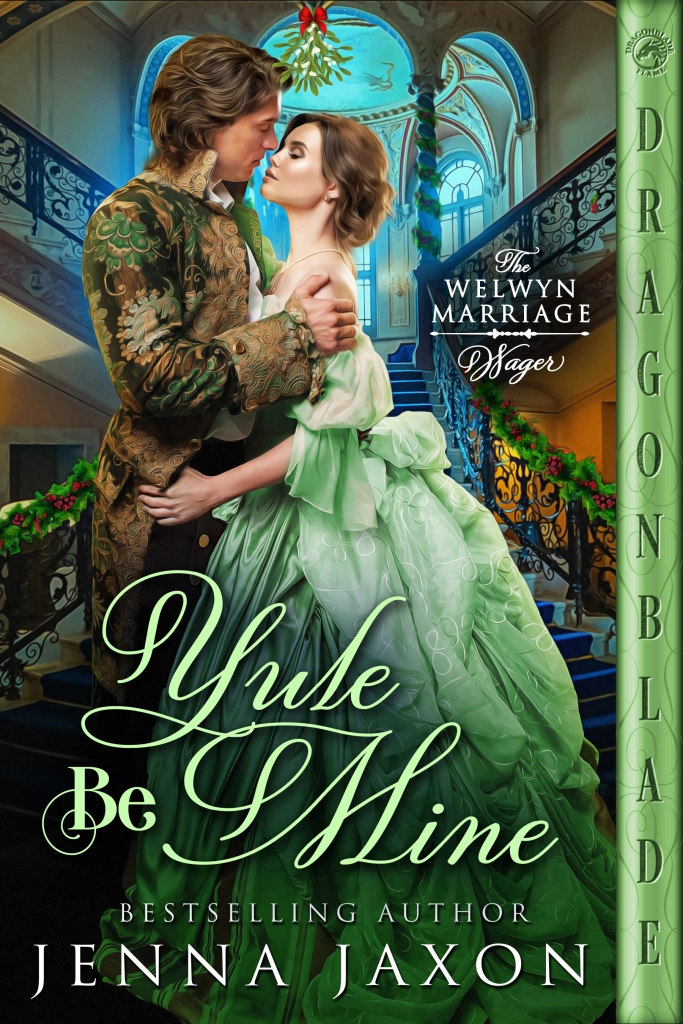



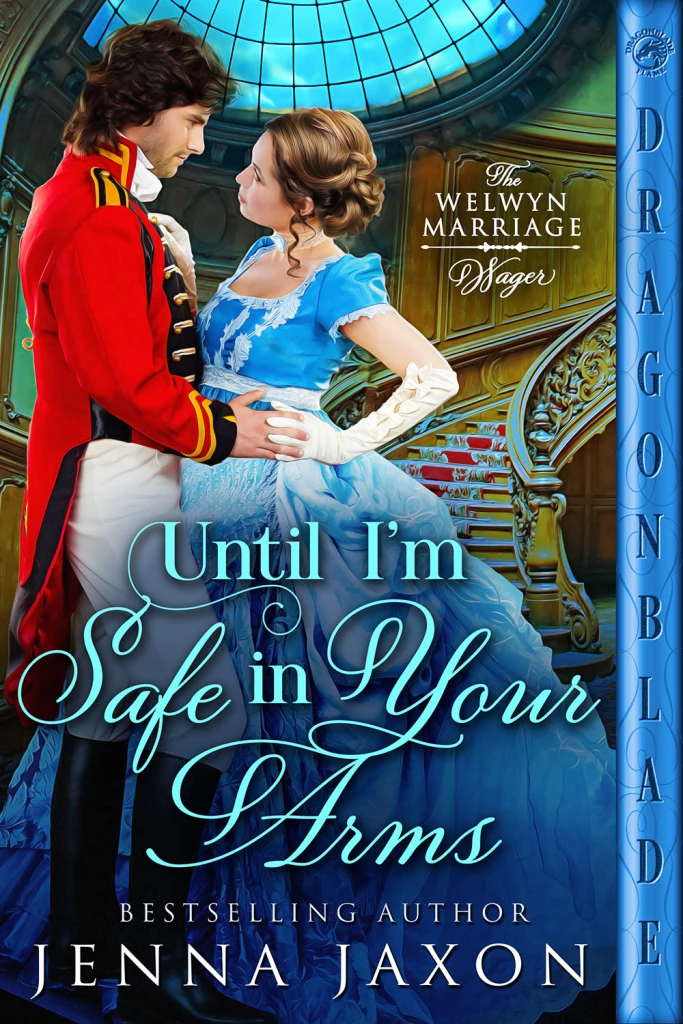
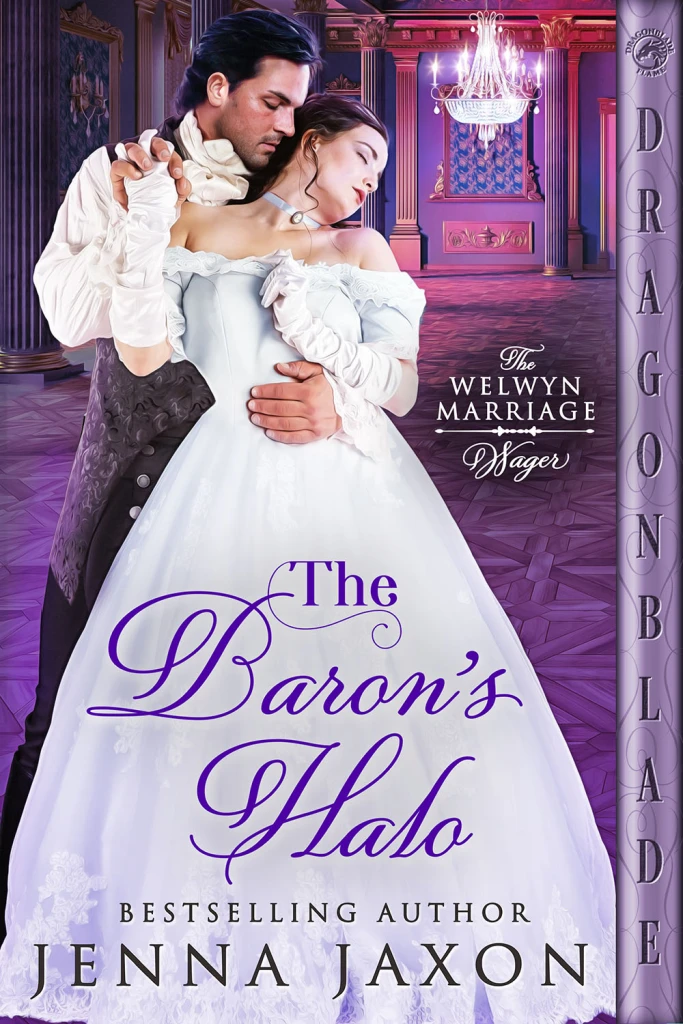
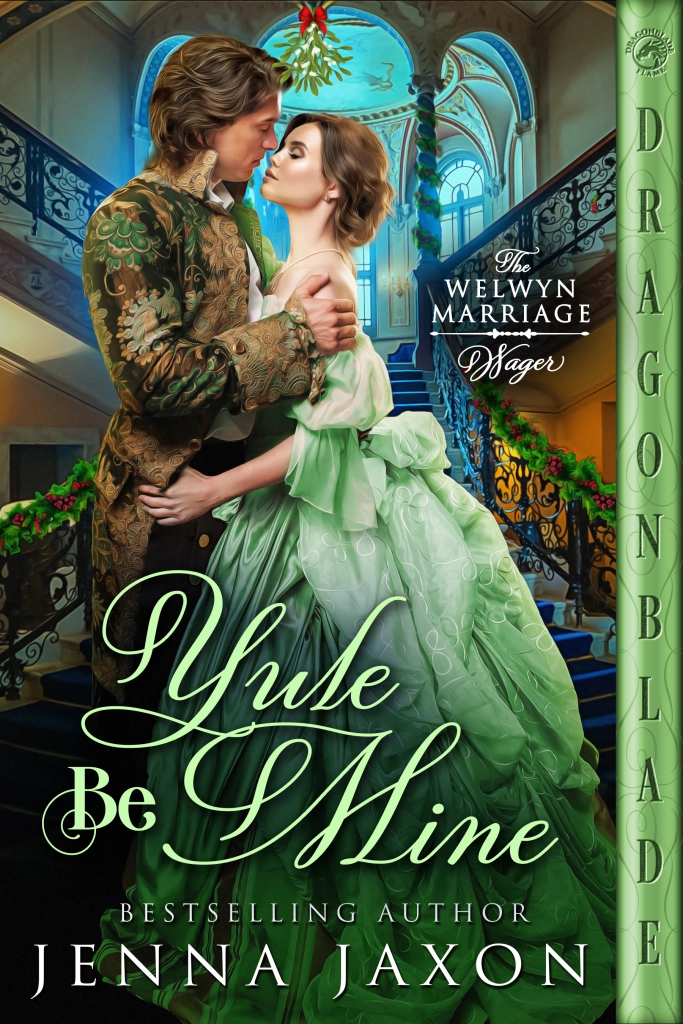
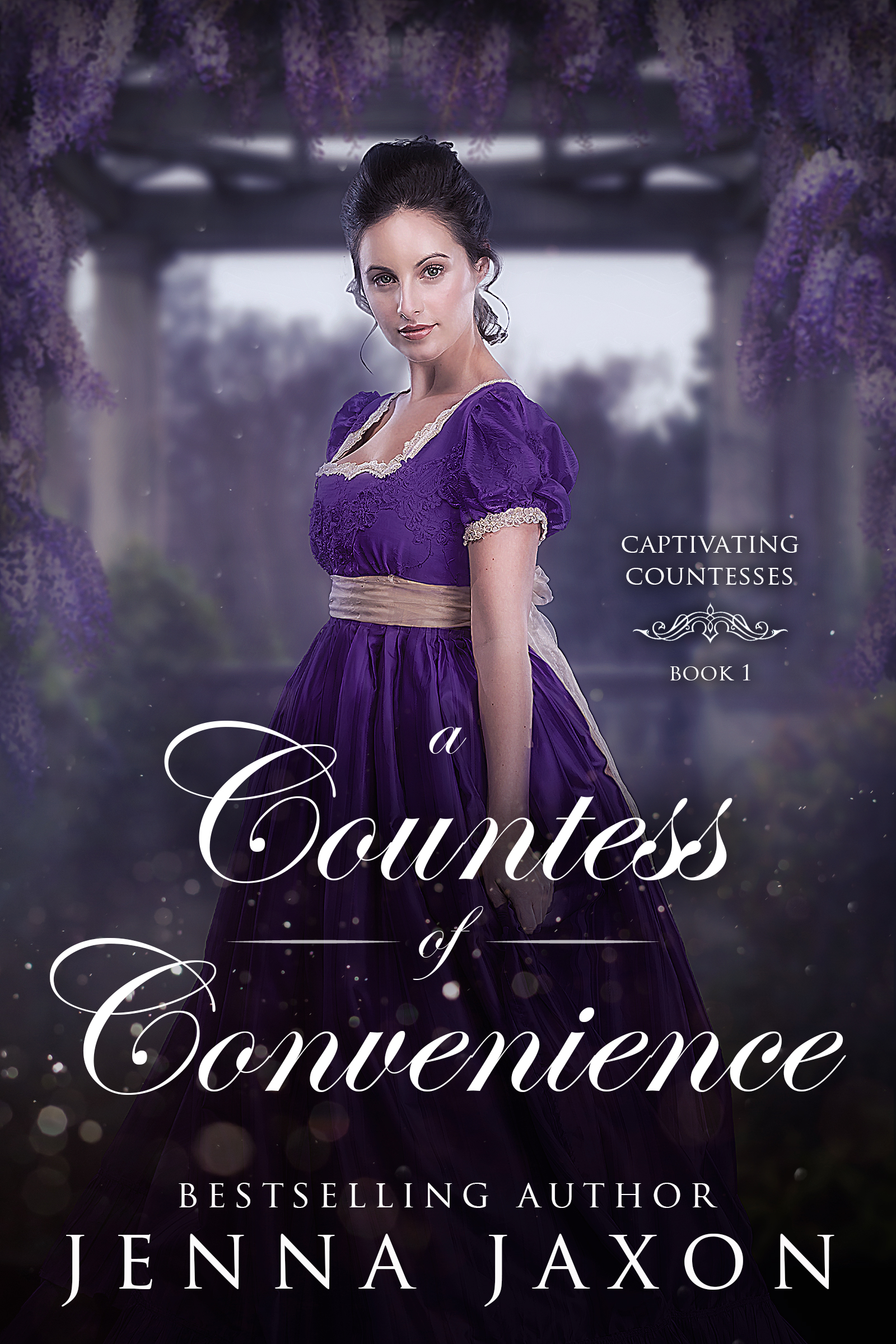

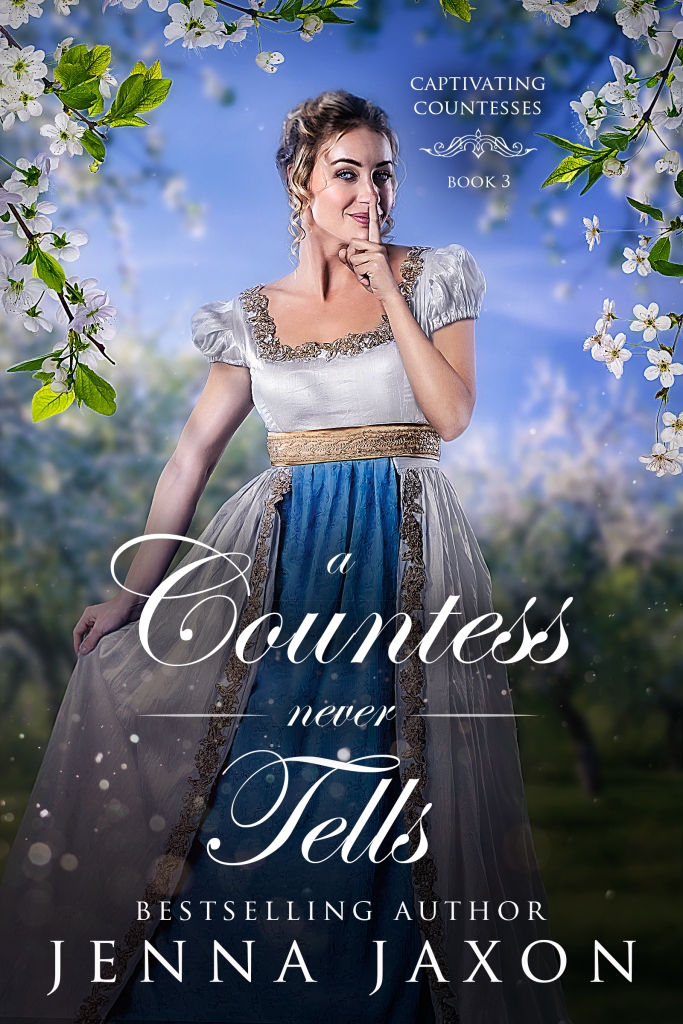

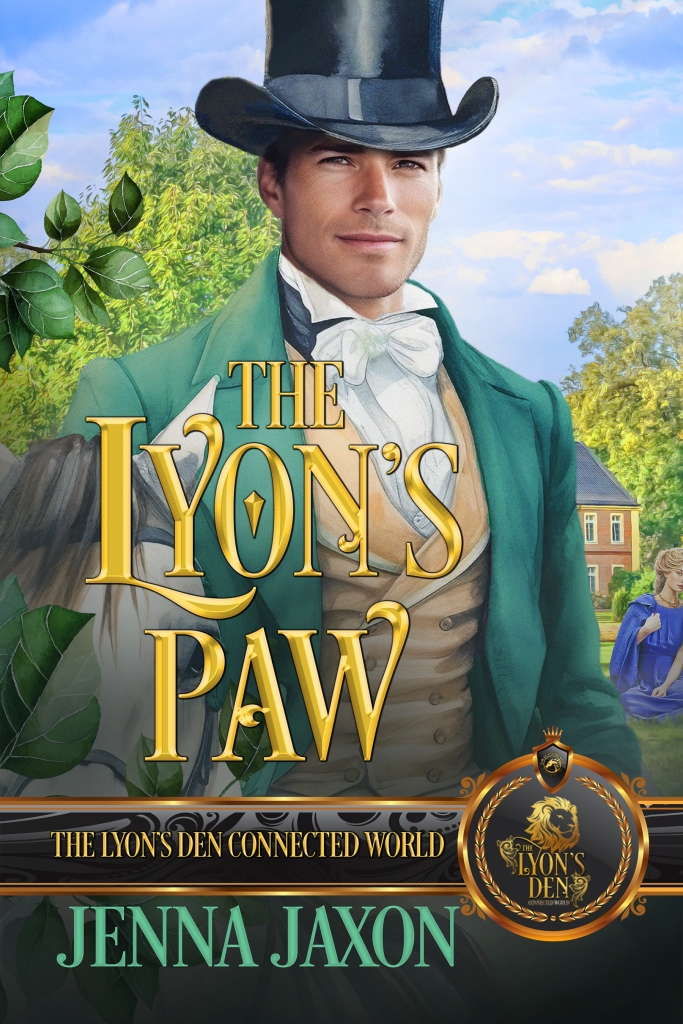
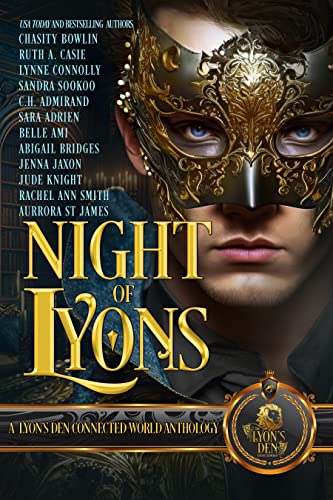




















It’s an interesting question. I think the book would have to be on the dark side if you wanted to portray the reality of their lives. In Shana Gaelen’s series, the women put up a front of being courtesans, but are not actually ccourtesans.
LikeLike
I think I’m going to have to write historical now, just because I want to include a courtesan :). Great post.
LikeLike
If you had been teaching my history classes in school I would have paid more attention, lol! Thanks, Jenna! Enjoyed this!
LikeLike
Shana Galen has a series she’s writing where all the heroines are courtesans. They’re all very good. Love this post Jenna! Very educational.
I guess you could say the courtesans were the rakes equivalent.
LikeLike
I love historicals, and courtesans are some of my favorite characters…so if you write a courtesan-heroine, I’ll read it, Jenna! 🙂
I was just reading an article a couple days ago about the sexual-switch that happened in the 17-1800s – before women were seen as the sexual aggressors, according to the author, as having a greater ‘need’ for sex than men. It was really interesting and I suppose the role of courtesan kind of goes along with that – a woman empowered by her gender and using it to her advantage.
LikeLike
It I had been a courtesan in a prior life, I expect, despite my intelligence and charm (no snickering), that I’d get myself beheaded in no time at all for my smart ass comments.. (Now don’t you feel bad that you snickered, knowing how badly it ends for me.) I think an intelligent and cunning courtesan would make a great heroine.
LikeLike
These are more fun and informative than my history classes were. 🙂
LikeLike
Prostitution which this loosely falls under has always been an interest. And which book do you discuss this ? my class did Mistresses through the ages a couple of years ago and many courtesons mistresses or whatever had great influence in history – sorry for spelling computer wonky
LikeLike
I’ve also been fascinated by the world of the demi-monde. And though I don’t have a book based on a courtesan (yet), my Georgian novels are under the title The House of Pleasure series. All of the books will have integral scenes in the brothel and Madame Vestry is an important figure in all of them. Only Scandal Will Do has major scenes set there with Madame Vestry. Thanks so much for coming by, Sue. 🙂
LikeLike
My all time fave book about an aging courtesian is by Monica Burns, Pleasure Me. Great book!
LikeLike
Oooh, that sounds like something I’d love to read. I’m putting that on my TBR list right now. Thanks, D’Ann!
LikeLike
Enjoyed today’s post. Very informative 🙂 And I loved that I learned a few new things today.
LikeLike
Thank you, Christine! Glad you enjoyed it!
LikeLike
Very interesting post…enjoyed learning a few new things today 🙂
LikeLike
Wonderful article, Jenna, on a fascinating topic. My first encounter with the courtesan concept was with the Angelique series by Colon. That was way back in the 70s. It held me enraptured through all the books. Yes, do write something with a courtesan. Your Madame Vestry would have been a courtesan if she could, I think.
LikeLike
You are exactly right, Patricia. Amorina Vestry would have been a courtesan; I actually think of her that way. We’ll find out more about her later in the series. 🙂 Thanks you for coming by today!
LikeLike
Reblogged this on angieia.
LikeLike
Thanks, Angieia!
LikeLike
Great info, Jenna. I’m loving these articles. Saddly, I’m not a real fan of European historical romance. I’ve read a few, but my favorite historicals are usually set in the US…Civil War, Revolution and of course westerns.
LikeLike
Aww, too bad the European historicals don’t do it for you, Sara. I’ll just have to write an American one for you. LOL The Civil War is one of my passions. I’ll have to get on that. Thanks for stopping by!
LikeLike